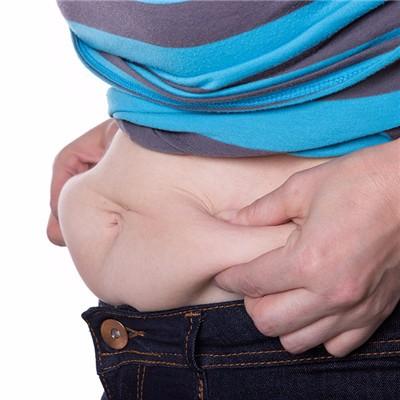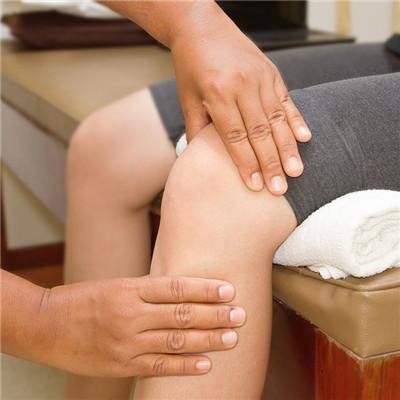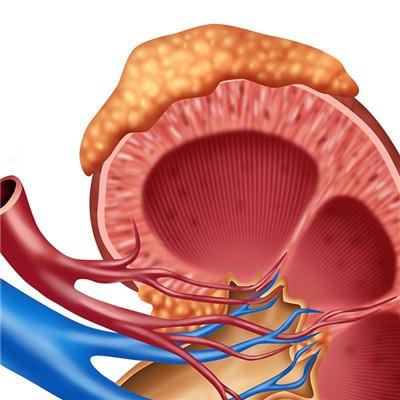How about orthodontic tooth extraction
summary
My teeth have been a little crooked since I was a child, which affects my appearance. I didn't pay much attention to my teeth before. Now I grow up, it's hard to find my boyfriend because my teeth are ugly and I feel very lost. I want to go to the hospital for orthodontics, but I don't know if it's too late to be an adult now. So, how about orthodontic tooth extraction?
How about orthodontic tooth extraction
First of all: the normal correction requires upper and lower teeth to be corrected together, because the function of teeth is not only beautiful, but also functional, only good occlusion can have good masticatory efficiency, and has little effect on joints. Tooth movement depends on the role of osteoblasts and osteoclasts, so the root will have a certain degree of absorption, generally 13, 14 years old, when the root is not fully developed, the effect is the best, root absorption is the least.
Secondly: orthodontists often have to remove 4 bicuspids or wisdom teeth that haven't grown out because of the need of correction. Sometimes, in addition to 4 bicuspids, for the need of treatment, we have to remove the wisdom teeth that have not grown out and are of little use. In this way, a total of 8 teeth will be removed. This makes the patients and their parents unable to understand. They think it's a pity to remove so many healthy and intact teeth.
Finally: tooth extraction correction in orthodontic treatment is very common, about 65% of the proportion, and even if the teeth are not corrected, most people have to remove the wisdom tooth position is not good. In the history of Orthodontics, tooth extraction has withstood the test of clinical practice. Some cases, such as severe crowding teeth, protrusion must be corrected by extraction.
matters needing attention
After the extraction of teeth, there is a gap. Generally, these gaps do not need to be inlaid. Doctors use them to move teeth to achieve the purpose of orthodontic treatment. After the completion of orthodontic treatment, most of the gaps will be completely closed.
















